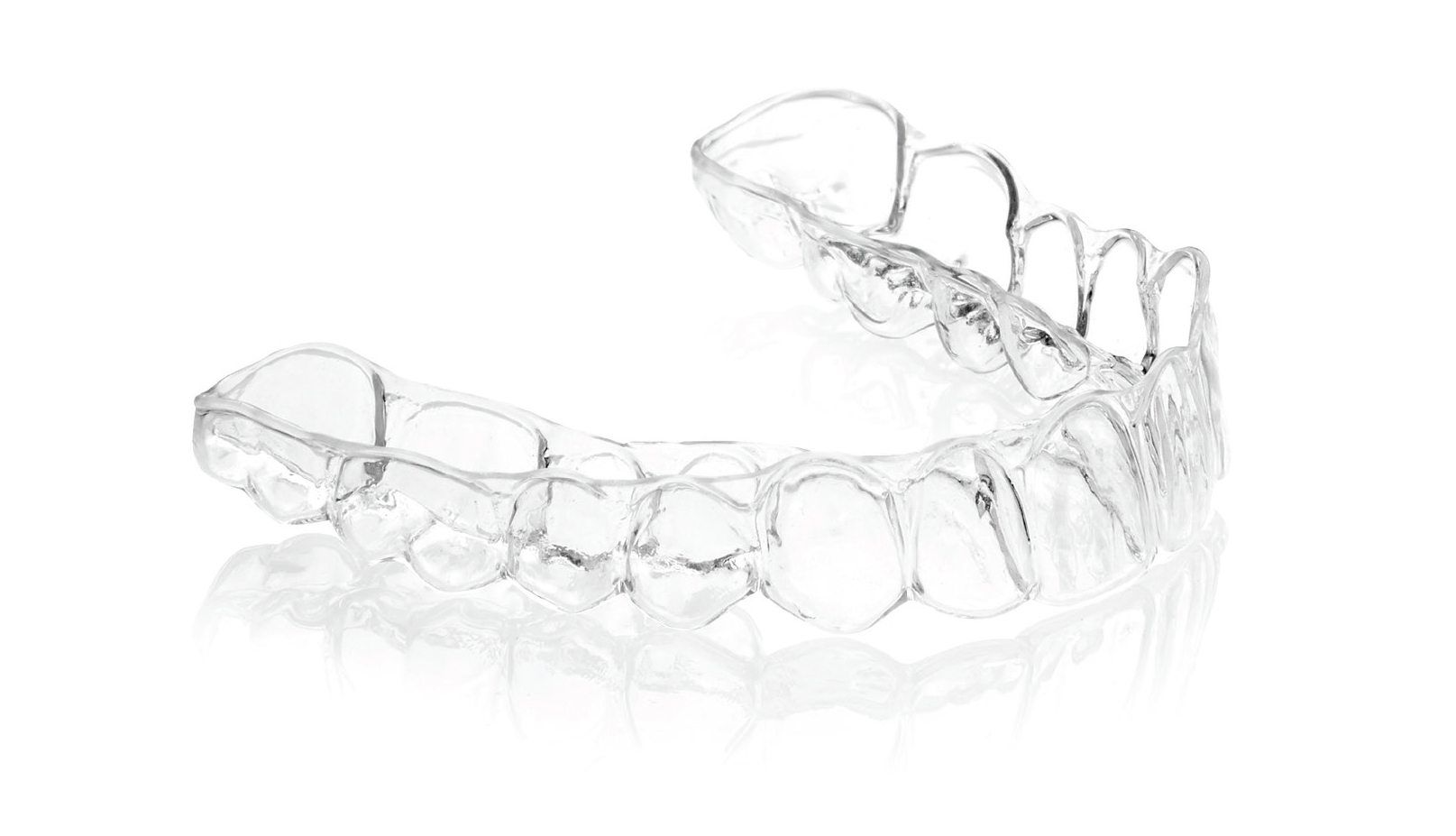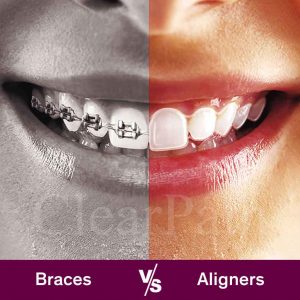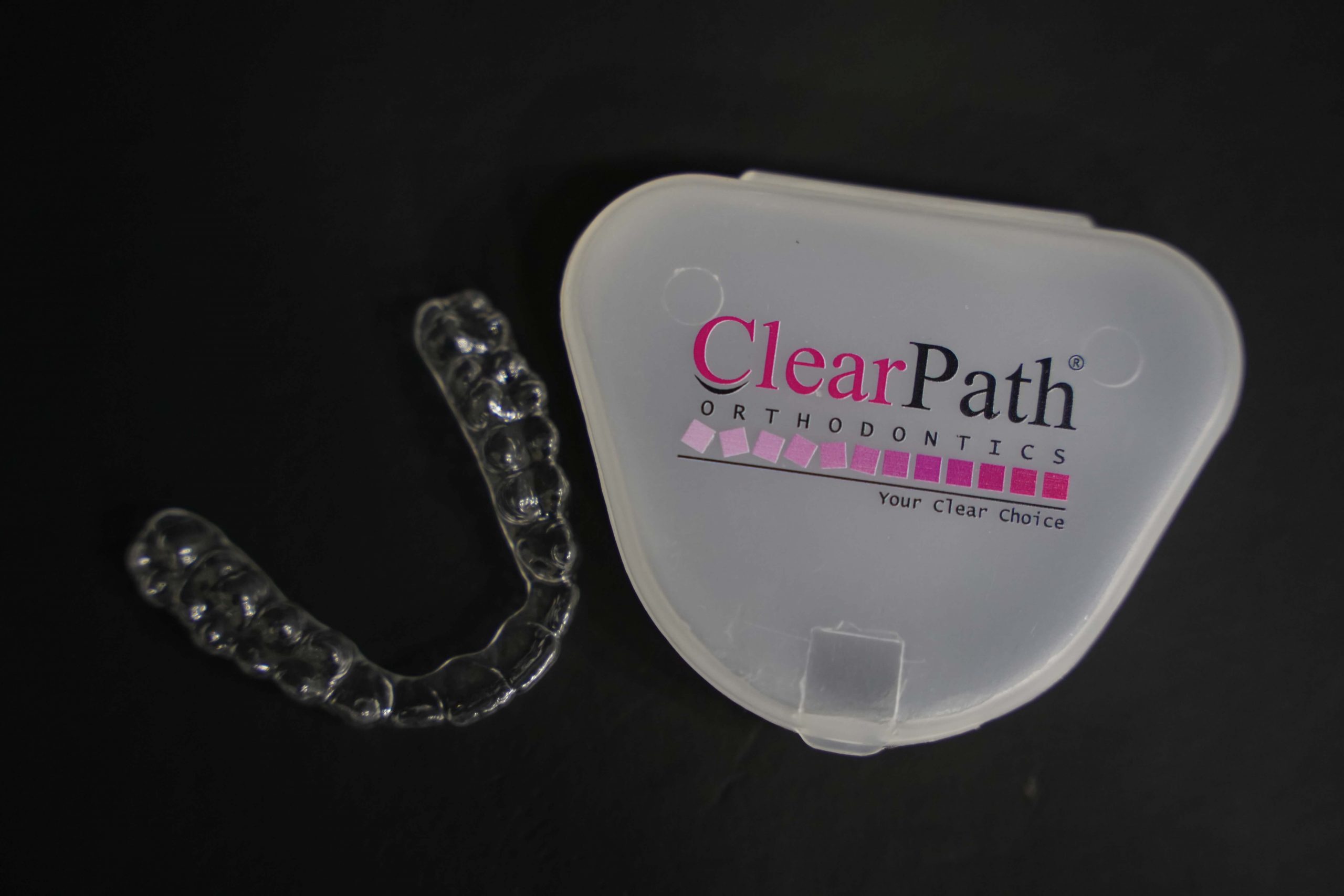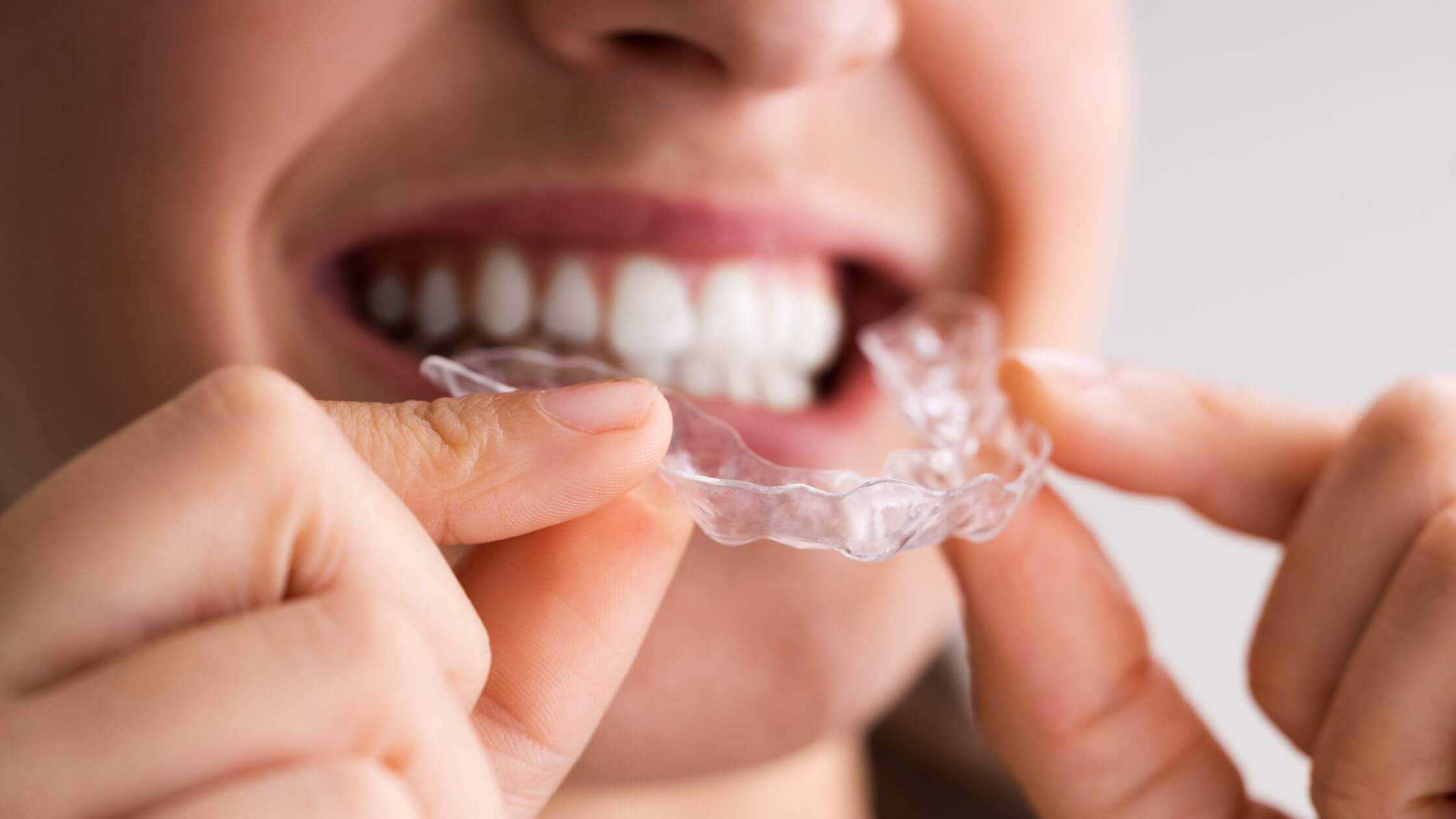A malocclusion is a misalignment of the teeth, sometimes known as a poor bite. Malocclusion is a common condition that involves overbite, underbite, crossbite, and open bite. Misalignments are frequently seen when people speak or smile. Other symptoms of malocclusion include crowded teeth, gaps between teeth, and difficulty eating and speaking.
Many cases of malocclusion are inherited in nature. Malocclusion can also be caused by childhood oral activities such as pacifier use or thumb sucking, tongue thrusting, jaw grinding, incorrectly fitted dental appliances, injury, and excess or missing teeth. Some severe cases of malocclusion might require jaw surgery or tooth extraction. Braces are a popular treatment option for malocclusion correction. Orthodontic devices such as palatal expanders and headgear may use as well. Clear aligners may be a convenient and quick treatment solution for mild-to-moderate misalignment patients.
Table of Contents
ToggleWhat Are The Categories Of Malocclusion?
- Class 1 malocclusion is the most prevalent type of malocclusion. The site is regular. However, the higher teeth overlap the lower teeth somewhat.
- Class 2 malocclusion, or overbite or retrognathism, occurs when the upper jaw and teeth strongly overlap the lower jaw and teeth.
- Class 3 malocclusion is an underbite that occurs when the lower jaw extends or rises forward, causing the lower jaw and teeth to overlap the upper jaw and teeth.
What Are Some Of The Most Common Causes Of Malocclusion?
Dental malocclusion is an inherited disorder passed down from generation to generation. Still, it can also emerge due to specific conditions or habits that cause changes in the shape and structure of the jaw. Too much or too little room to erupt is a typical eruption, and as a result, the teeth tend to drift out of place. Other essential causes of dental malocclusion are as follows:
- Tooth decay
- Trauma and injuries
- Tumors of the oral cavity
- Baby bottle feeding
- Use of a pacifier for an extended time
- Thumb sucking
- Lip and palate deformity
- Lack of oral care
- Obstruction of the airway due to swollen adenoids or allergies
What Are the Types of Malocclusions?
There are several various types of bites that teeth can exhibit, which are listed below:
Overcrowding
Overcrowding is a common issue caused by a lack of space caused by overlapping or uneven teeth.
Overjet
An overjet occurs when the top front teeth expand horizontally beyond the lower front teeth, interfering with chewing and speaking abilities.
Overbite
Some overlapping of the lower front teeth is natural, but when the upper front teeth bite right into the gums, an enhanced overbite occurs, causing the lower front teeth to bite into the roof of the mouth.
Underbite
An underbite, or anterior crossbite, occurs when the lower front teeth are positioned more forward than, the higher front teeth.
Spacing
Crowding occurs when there is too much or too little space for the teeth, which might affect the eruption of permanent teeth.
Crossbite
A crossbite occurs when the higher front teeth bite right inside, the lower teeth on one or both sides of the jaw. Your front or back teeth may also be affected by the illness.
Openbite
In openbite, the upper and lower front teeth do not overlap. A gap leads straight into the mouth. However, an open bite problem can also arise on the sides of the mouth.
Diastema
Diastema is the space between two adjacent teeth, most commonly the front teeth.
Damaged Tooth
An impacted tooth cannot erupt naturally from the gum and must remove or expose for a brace to place.
Tooth loss
This disorder, hypodontia, develop due to trauma or abnormal tooth development.
Also More: Clear aligners Vs Braces: Which One Is Better?
How Is Malocclusion Diagnosed?
As part of your monthly dental checkups, medical professionals will often check to see if your teeth are aligned. They may take dental X-rays or make impressions of your teeth to learn more about your condition. For malocclusion treatment, your usual provider will recommend you to an orthodontist.
How Do You Treat a Malocclusion?
Braces
Braces are one of the most effective of all malocclusion treatments. Before starting braces therapy in children and teenagers, certain teeth may need to be pulled. Braces correct your smile and incorrect bite by straightening your teeth and jaw. Your orthodontist may recommend metal, ceramic, or lingual braces. However, it will depend on the severity of your dental malocclusion.
Aligners
Aligners can cure many types of tooth malocclusion, including underbite, open bite, overbite, and crossbite. It’s a set of transparent plastic aligner trays. Clear aligners are removable and must be worn for 20-22 hours daily. It exerts pressure on the teeth and jaw at that time to ensure suitable alignment.
Invisible braces prices in Pakistan are cost-effective, offering a flawless smile makeover while remaining discreet.
Also More: Benefits of Clear Aligners Over Wired Braces
Removable Devices:
Considering their convenience, removable orthodontic devices prefer for malocclusion therapy. They are usually made specifically for you, such as retainers and headgear, examples of removable devices. Retainer trays help to keep teeth aligned after orthodontic treatments like braces. The length of therapy for a misaligned bite varies depending on the severity of the malocclusion and the patient’s adherence to wearing their custom-made removable retainers or headgear.
Orthodontic therapy typically takes up to two years; however, in the case of an adult, it may take longer. If you are an adult and your orthodontist recommends jaw surgery, consider seeking a second opinion to ensure you make the best decision. Orthodontic therapy is suitable for people of all ages, so if you want to discover the best course of dental care or discuss your treatment options, contact ClearPath and they’ll make an appointment with your nearest ClearPath-certified dentist.
Also More: How Clear Aligner Treatment Gained Popularity Over Time











